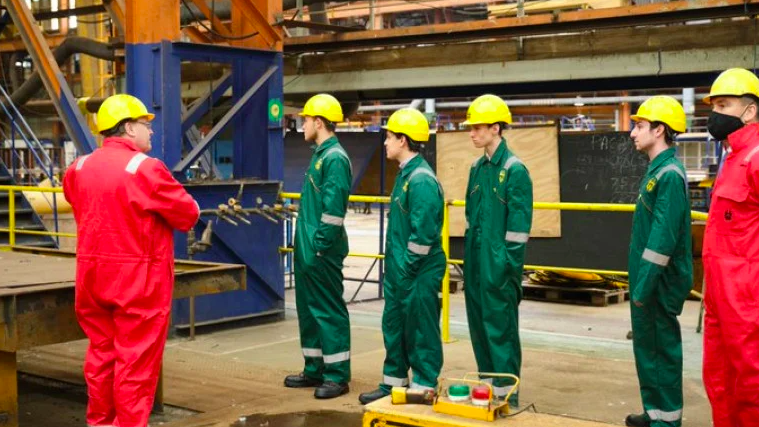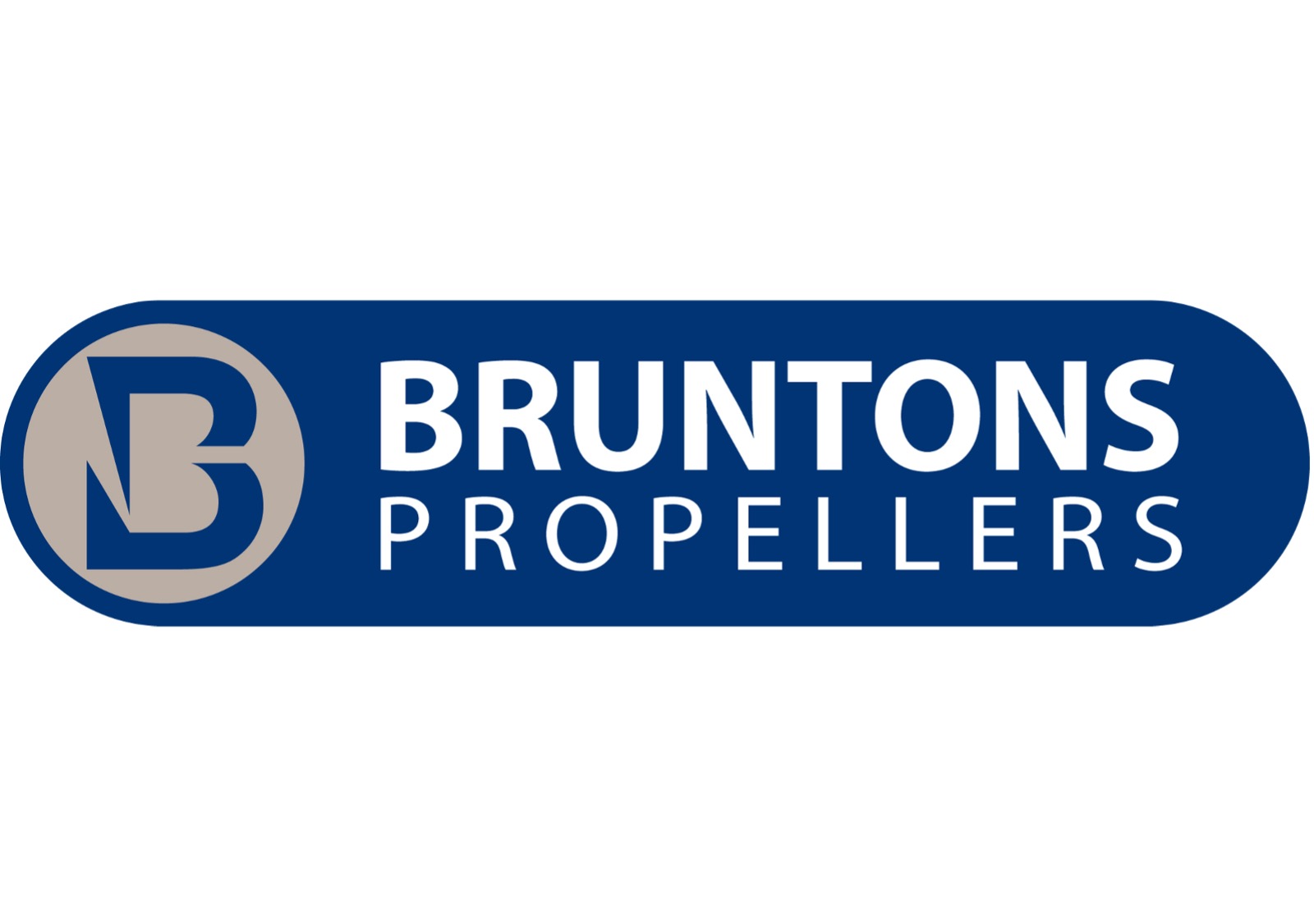Harland & Wolff: the administration of the archetype British shipbuilder

Strings of local businesses may suffer from Harland & Wolff’s collapse and administration, says Philippa Langton, partner at law firm Lester Aldridge LLP, as shipyards are affected by the administration of the holding company.
Harland & Wolff (H&W) recently announced its holding company was entering into administration. Global advisory firm Teneo has been appointed to handle the process. Whilst the historic firm responsible for building the Titanic has given some assurances about the continuance of its core operations in the four UK shipyards it operates, administration is a fairly rigorous and robust process for which those in charge will be given the ultimate say in what happens to the company.
How will the shipyards be affected by the administration?
Of importance is the possibly overlooked fact that it is just the holding company H&W Group Plc which is entering into administration. The H&W yards in Belfast, Appledore, Methil and Arnish are separate companies with no general obligation to pay for the holding company’s debts. They will likely be able to continue trading with some hardship as the administration (and possible sale) of the holding company is completed.
The commercial reality is, however, often far removed from the strict legal position. There may well be inter-company indebtedness between the holding company and the shipyard subsidiaries. The H&W Group may well call in debts owed by its subsidiaries or, if the subsidiaries are creditors, their position may be worse – the debts owed by the holding company will become worthless, triggering significant balance sheet and cash-flow difficulties. Such a situation has recently unfolded in relation to the collapse of UK fit-out firm Beck Interiors which left GB £9.8 million outstanding in debts to inter-company creditors.
It is also common enough for any commercial contract to contain clauses which permit one party to terminate the contract where the other party experiences cash-flow difficulties or an associated company enters into an insolvency process, as is the case here. The H&W yards may have a battle on their hands in keeping current contracts with shipping firms who will look to pull the plug if they lose confidence in the H&W yards’ ability to provide the services contracted for. It is understood that some pre-contractual negotiations have already fallen down as a result of the turmoil. Interesting legal questions may also arise in relation to partly build boats if build contracts start to fall apart mid-construction.
On a more microeconomic scale, there are strings of local businesses whose commerce heavily relies upon H&W. These businesses might also have to prepare for short-term cessations in new work from the yard or enter into arrangements for the satisfaction or reduction of outstanding debts owed to them.
What lies ahead for H&W in the near future?
Whilst the future of H&W is highly uncertain, chairman Russell Downs has continued to place his faith in the company, stating that the yards have a ‘credible future’ for which buyers are already being lined up. The company recently won a contract as part of a consortium with the Spanish shipbuilder Navantia to build three warships for the Royal Navy. It is now understood that Navantia is interested in purchasing the Belfast site which will go some way to securing the future of H&W.
The wider industry may need to brace itself for the fall of H&W. The bulk of its debts are owed to the US-based company Riverstone Credit Partners which is unlikely to take too much account of the wider consequences of the complete erasure of the H&W name from the UK shipping industry. This unwelcome news comes as criticism of the UK government’s handling of the situation has mounted – it refused to act as guarantor on a £200 million loan from UK Export Finance earlier this year – a loan which would have prevented the current situation and given H&W the time to continue its slow progress back to profitability it has been making since 2019.
Whilst H&W’s immediate future is uncertain, several investors and potential buyers have been found which, coupled with the fact it survived administration in 2019 by similar means, indicates it may well be poised to do so again. The loss of such a historic firm with a 163-year legacy would be grave for the UK’s shipbuilding sector and it is hoped a buyer can be found in the next few weeks.
What is the administration process for Harland & Wolff Group Plc
The procedure is geared towards rescuing the company as a going concern, principally through restructuring its operations or, failing this, trying to achieve the best result for the company’s creditors as a whole. However, it is seldom the case that creditors see a return and Teneo has intimated that the situation will be no different for those owed money by the collapsing firm.
The insolvency process will look to protect H&W for the immediate future from its ever-increasing debts courtesy of the ‘statutory moratorium’ automatically imposed when a company enters administration. In essence, the moratorium prevents creditors from enforcing their claims against the company in administration, giving the company vital breathing space in which the administrators can seek to reorganise the company’s affairs and conduct an orderly realisation of its assets without having to battle off those seeking repayment.
Main image shows apprentices at H&W.











